Introduction to Sandra Orlow: Who Is She?
Sandra Orlow is a name that has generated a great deal of intrigue and controversy over the years. She is a figure whose story is surrounded by misconceptions, and for some, she remains a figure of fascination. While many know her for certain controversial aspects of her career, Sandra Orlow’s life extends beyond just one-dimensional perceptions. Through this article, we will attempt to look beyond the headlines and understand the person, her journey, the impact of her decisions, and her legacy.
For those unfamiliar with Sandra Orlow, her name became widely known in certain circles due to her controversial photoshoots during her teenage years. These photoshoots, often described as “modeling,” were widely shared across the internet and sparked ethical debates about exploitation, child protection, and privacy. To this day, her name evokes heated discussions about the consequences of underage involvement in certain industries and the responsibility of the adults involved.
This article aims to present a balanced perspective on the life of Sandra Orlow—detailing the context in which her name became known, the consequences of those early years, and the broader conversation about ethical responsibilities, both personal and societal.
The Early Life of Sandra Orlow: Growing Up in a Digital Age
Sandra Orlow was born into a world that was rapidly changing, thanks to the rise of the internet and digital media. The early 2000s were a time when the internet was beginning to dominate every aspect of life, from communication to entertainment. Unlike previous generations, who had a degree of separation from media exposure, Sandra’s generation was born into an era where every moment could be shared, captured, and distributed online.
For Sandra, growing up in this environment meant her life was documented in ways unimaginable for most people her age. By her early teenage years, she became involved in online modeling—an endeavor that, while seemingly harmless at first, led to long-lasting consequences.
Sandra’s early experiences reflect the experiences of many young individuals caught up in the nascent world of online exposure. At a time when boundaries between private and public life were becoming increasingly blurred, Sandra’s involvement in modeling became a source of controversy. Her life story serves as a case study for what can go wrong when children are exposed to the internet’s darker side too soon, without fully understanding the long-term effects.
The Role of Adults: Where Did the Responsibility Lie?
One of the key issues surrounding Sandra Orlow’s journey is the role of adults in her life during her teenage years. The responsibility of guardians, photographers, and others in positions of authority has been heavily debated. Questions often arise: Who was responsible for allowing Sandra to engage in such controversial work at such a young age? What was the role of the adults who were supposed to protect her from potential harm?
In the world of child modeling, there is always a fine line between what is considered artistic expression and what crosses ethical boundaries. Sandra’s case is often brought up in discussions about whether or not the adults involved were complicit in exploiting her or simply naive about the consequences of her involvement.
The question of responsibility doesn’t just fall on the individuals who directly worked with Sandra but also on society at large. Were there enough legal and social safeguards in place to prevent such controversies from arising in the first place? The early 2000s were a time when laws regarding child protection online were still evolving, and Sandra’s case highlights just how unprepared society was to handle these new ethical dilemmas.
The Online Legacy: The Permanence of Digital Content
One of the most significant issues that stem from Sandra Orlow’s story is the permanence of digital content. Once something is uploaded to the internet, it is nearly impossible to erase it entirely. This is something Sandra, like many others, learned the hard way. The images and content from her teenage years were distributed across various platforms, making it impossible for her to fully control her narrative.
This raises a broader issue for anyone who grows up in the digital age. The internet, while offering opportunities for connection and expression, also creates an environment where personal mistakes or choices made in one’s youth can follow someone for their entire life. The digital footprint left behind by Sandra’s early modeling career is something that, despite her best efforts, will always exist to some degree.
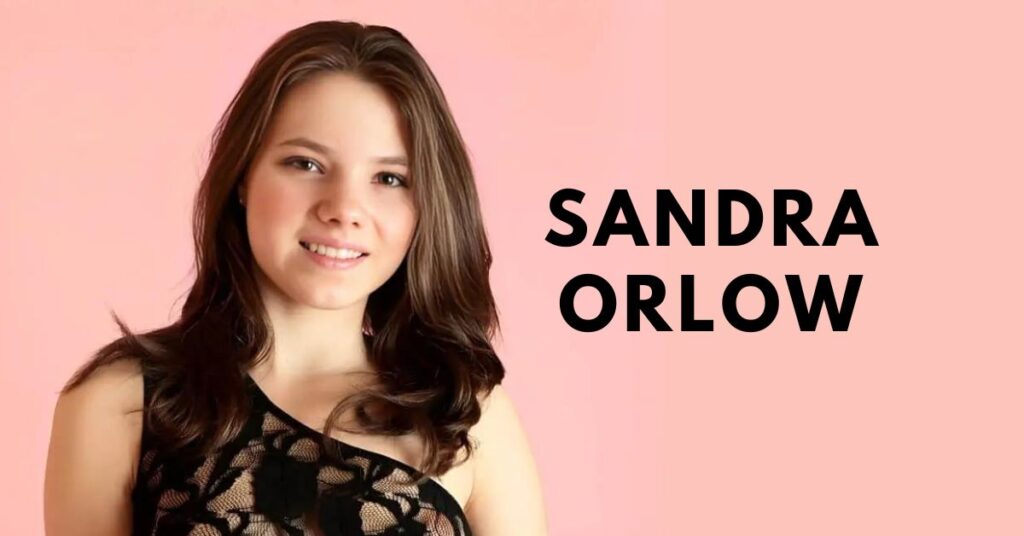
This permanence also raises important questions about how we treat the individuals involved. While much of the blame falls on the adults and those responsible for managing these platforms, the young individuals who participated are often left to deal with the long-term consequences. For Sandra, the challenge of living with a permanent online legacy continues to be an issue that she must navigate, long after the initial controversy subsided.
Ethics in Modeling: When Does Art Cross the Line?
The modeling industry, especially when it involves children and teenagers, has always been controversial. There’s a fine line between art and exploitation, and Sandra Orlow’s case brings that debate to the forefront. When does artistic expression cross the line into exploitation, and who gets to decide what is acceptable?
The ethics of child modeling are complex. On one hand, many young models enter the industry with the hope of building a career in fashion or entertainment. On the other hand, the very nature of involving children in an industry that often values looks above all else can lead to problematic situations. In Sandra’s case, her involvement in what many viewed as “borderline exploitative” shoots led to an ongoing debate about whether her rights were violated.
As society continues to grapple with these issues, Sandra Orlow’s case remains a key example of what can go wrong when there isn’t enough oversight and ethical consideration in place. It also serves as a reminder of the importance of consent, especially when minors are involved. Though the images taken of Sandra during her teenage years were initially framed as art, the long-term consequences highlight the need for stricter guidelines around child involvement in certain industries.
The Long-Term Consequences: Life After Controversy
One of the most difficult aspects of Sandra Orlow’s journey has been dealing with the long-term consequences of the choices made during her early teenage years. While much of the content that made her name known was created when she was a minor, the fallout has lasted well into her adult life.
For many years, Sandra has tried to distance herself from the controversial elements of her past. However, given the permanence of the internet, fully escaping that past has been nearly impossible. Despite attempts to rebuild her life and move on from the controversies, Sandra’s name is still associated with the content that was shared online during her youth.
The emotional and psychological toll of living under such scrutiny cannot be understated. Many people who have gone through similar experiences report feelings of shame, regret, and helplessness. In Sandra’s case, her journey also sheds light on the broader mental health implications of being thrust into the spotlight at a young age, especially when that spotlight comes with negative associations.
Legal and Societal Responses: What Has Changed Since Sandra’s Story?
In the years following the rise of Sandra Orlow’s online fame, there have been several changes in both legal frameworks and societal attitudes. The modeling industry, especially when it involves minors, has become more tightly regulated, with stricter guidelines around consent and protection of minors.
However, the legal landscape wasn’t always this way. In the early 2000s, when Sandra’s name first became known, there were far fewer protections in place. This lack of regulation contributed to the exploitation of young models, including Sandra. Over time, as more cases like hers came to light, governments and advocacy groups began pushing for reforms to protect minors from exploitation in industries such as modeling and entertainment.
Sandra’s case also contributed to the broader societal conversation about the dangers of online exposure. Parents and guardians became more aware of the potential pitfalls of allowing their children to participate in activities that could lead to unwanted attention or exploitation. In many ways, Sandra’s story helped pave the way for a more cautious and protective approach to children’s involvement in digital media.
Sandra Orlow Today: Where Is She Now?
After years of dealing with the fallout from her teenage years, Sandra Orlow has managed to build a life for herself beyond the controversy. While she has largely stepped away from the public eye, she continues to grapple with the effects of her early fame.
In recent interviews and statements, Sandra has expressed a desire to be seen as more than just the controversies that defined her teenage years. She has spoken about the importance of moving forward, finding peace, and taking control of her own narrative.
Today, Sandra is focused on living a more private life, away from the limelight. While she may never fully escape the legacy of her past, she has taken steps to ensure that her future is one she can control. By telling her story on her own terms, Sandra hopes to inspire others who may find themselves in similar situations to take ownership of their own narratives.
Conclusion: The Legacy of Sandra Orlow’s Story
Sandra Orlow’s journey is one that highlights the complex intersection of childhood, online exposure, and exploitation. Her story serves as a cautionary tale about the dangers of involving minors in industries that are not fully equipped to protect them. At the same time, it underscores the importance of accountability, both for the adults responsible for protecting children and for the broader societal structures that allow exploitation to occur.
While Sandra Orlow’s name may always be associated with controversy, her story also opens the door to important conversations about consent, exploitation, and the ethics of digital media. By learning from her experiences, society can continue to evolve in a way that better protects vulnerable individuals, especially minors, from the pitfalls of online exposure and exploitation.


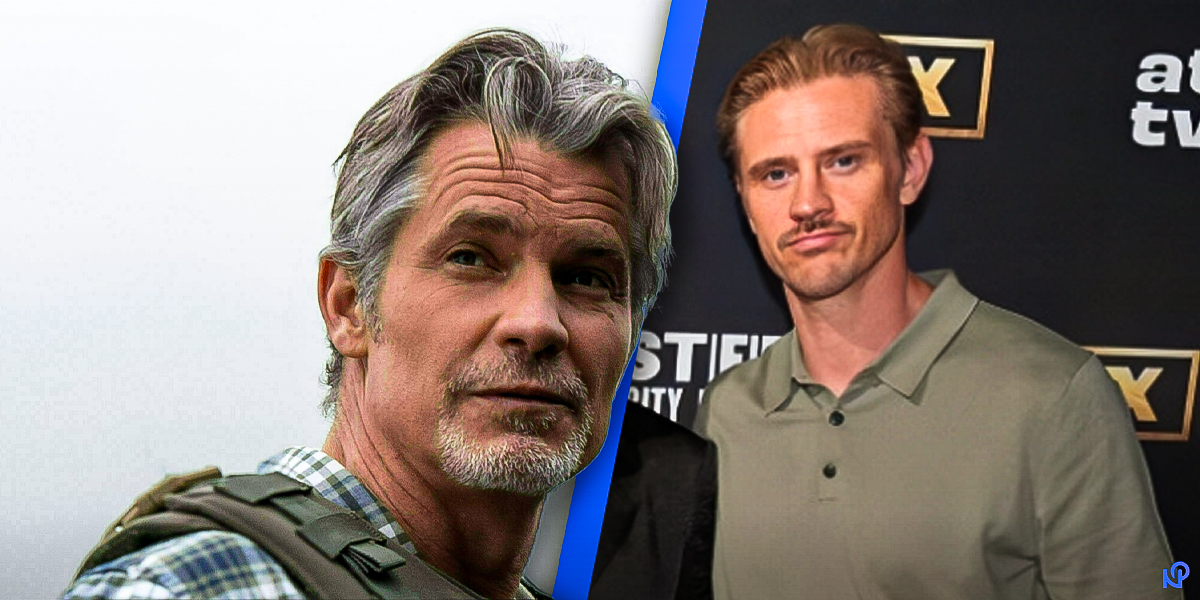

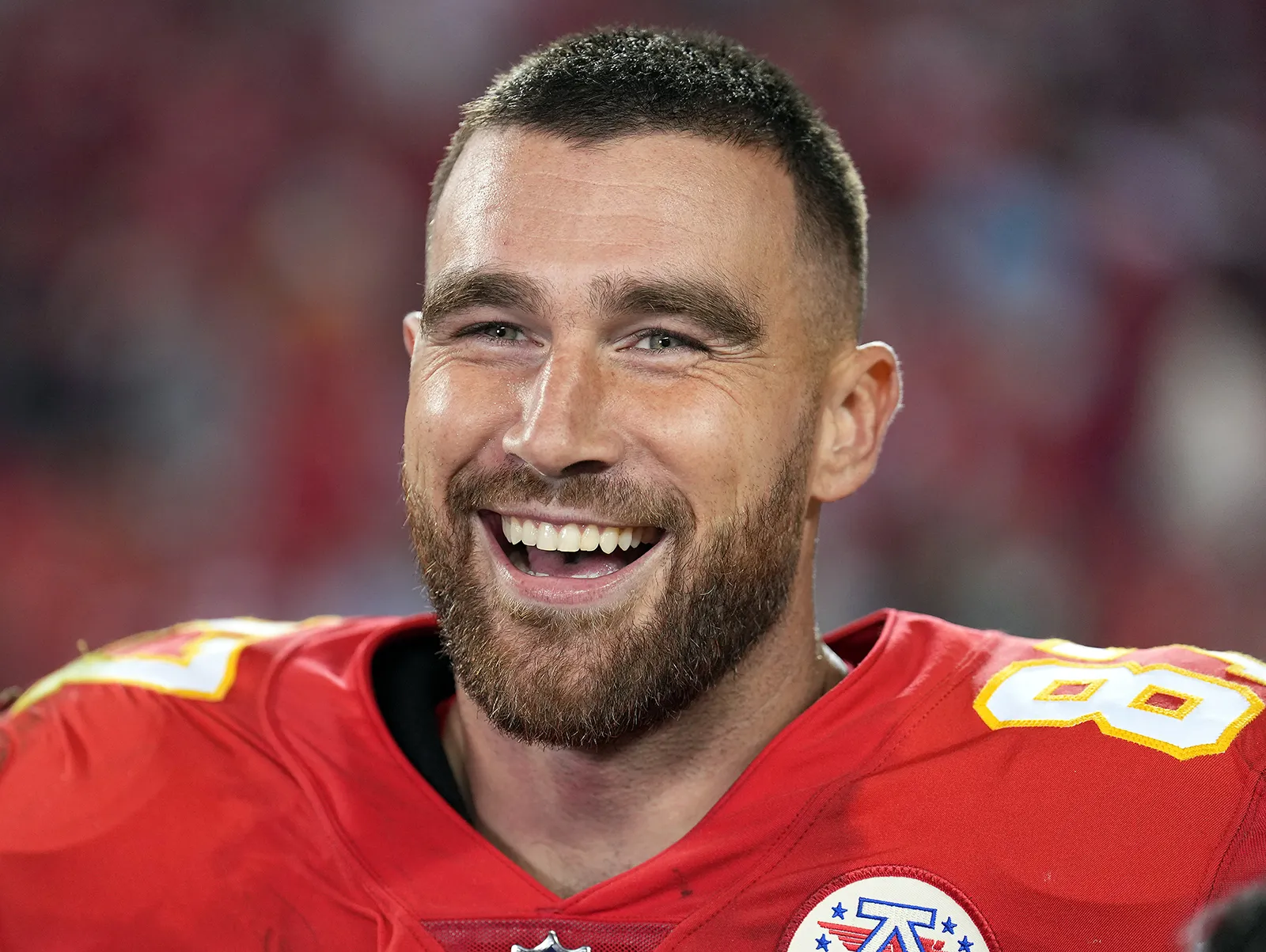


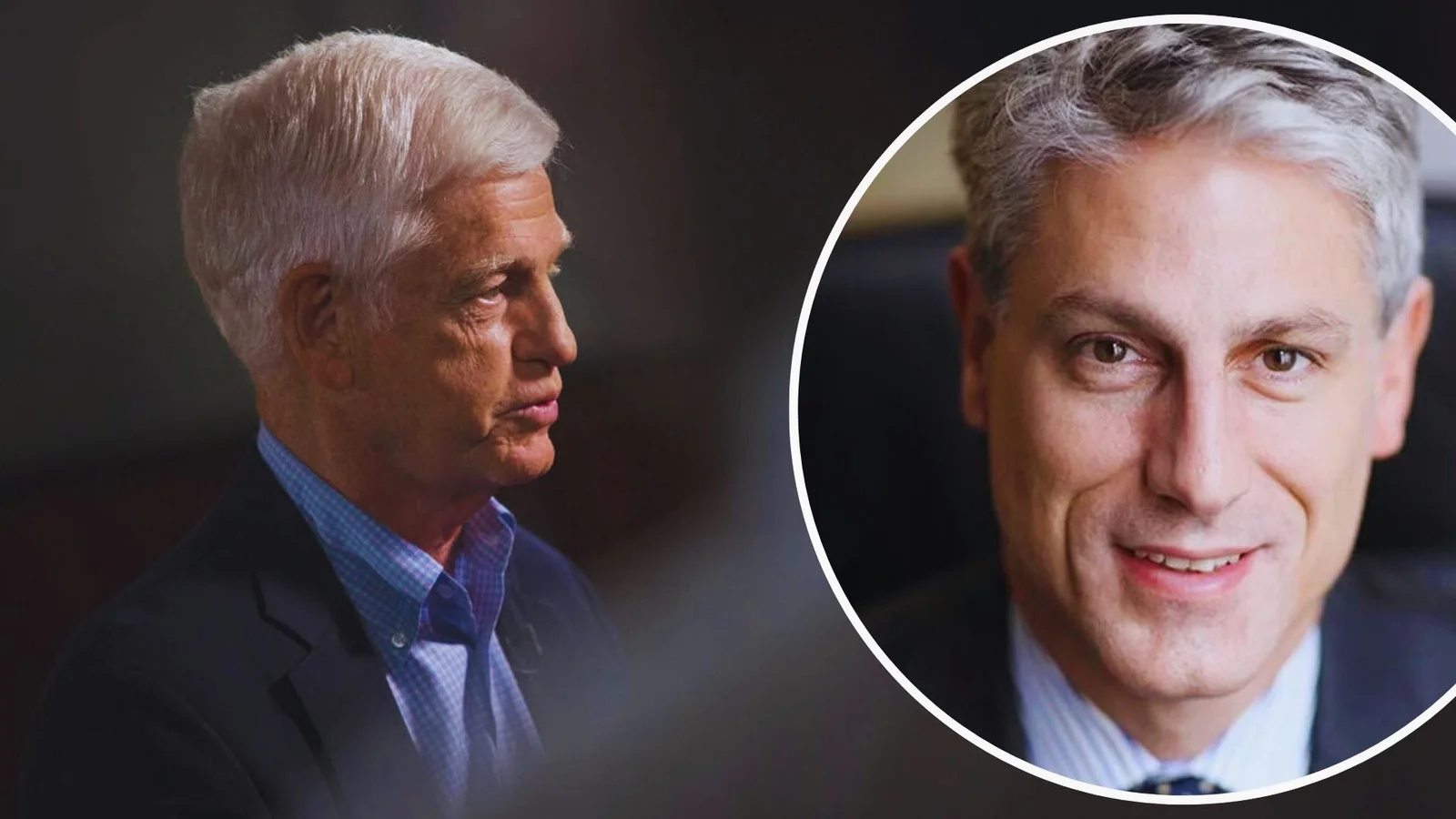
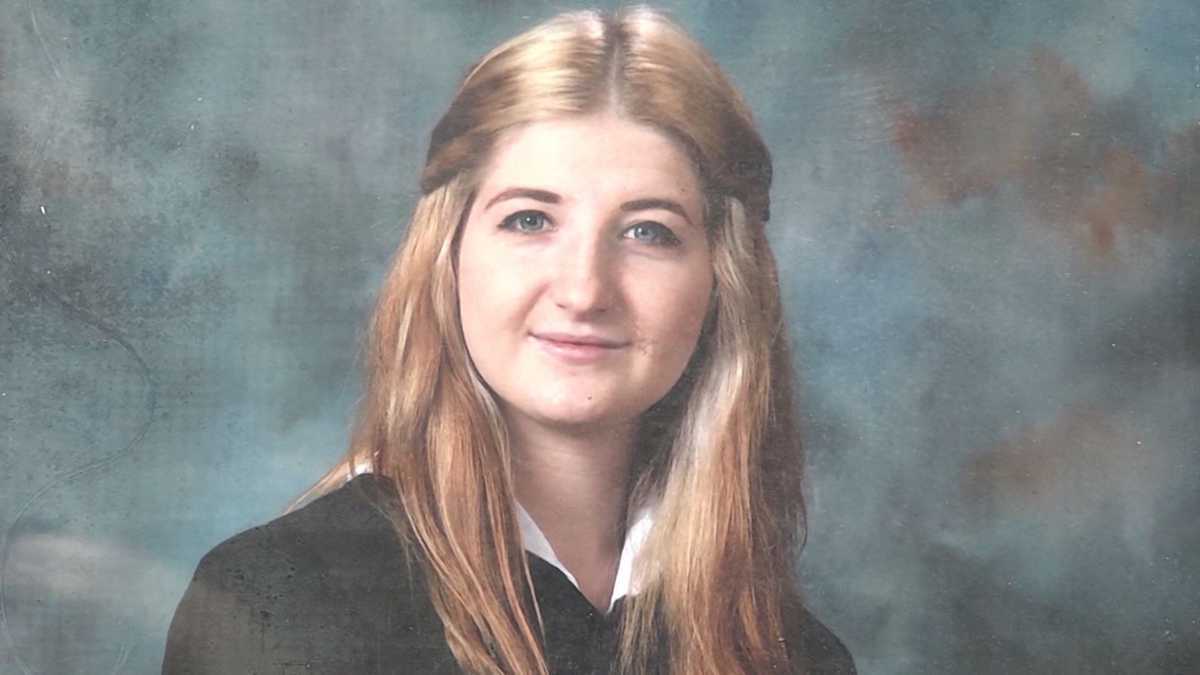
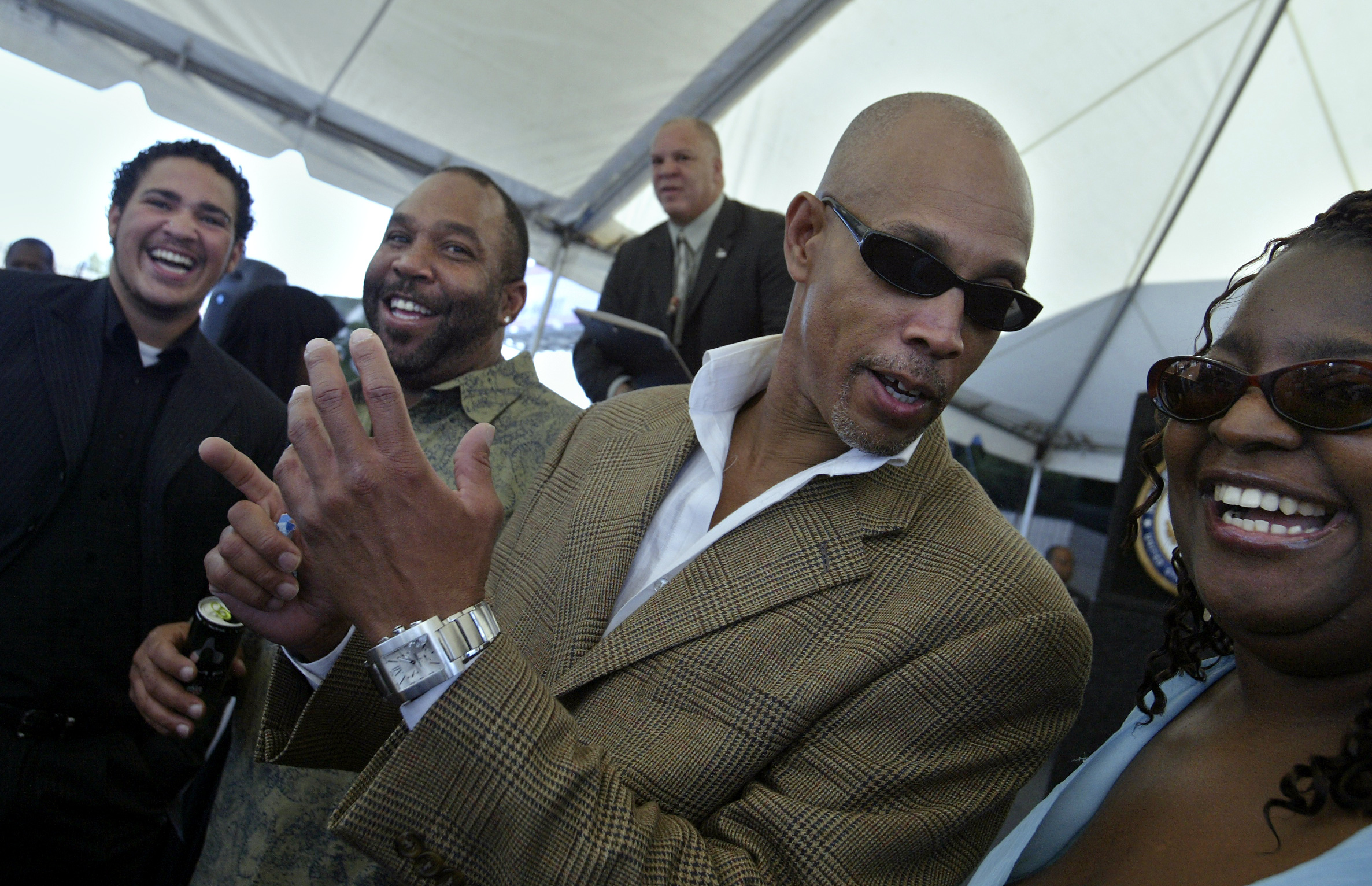

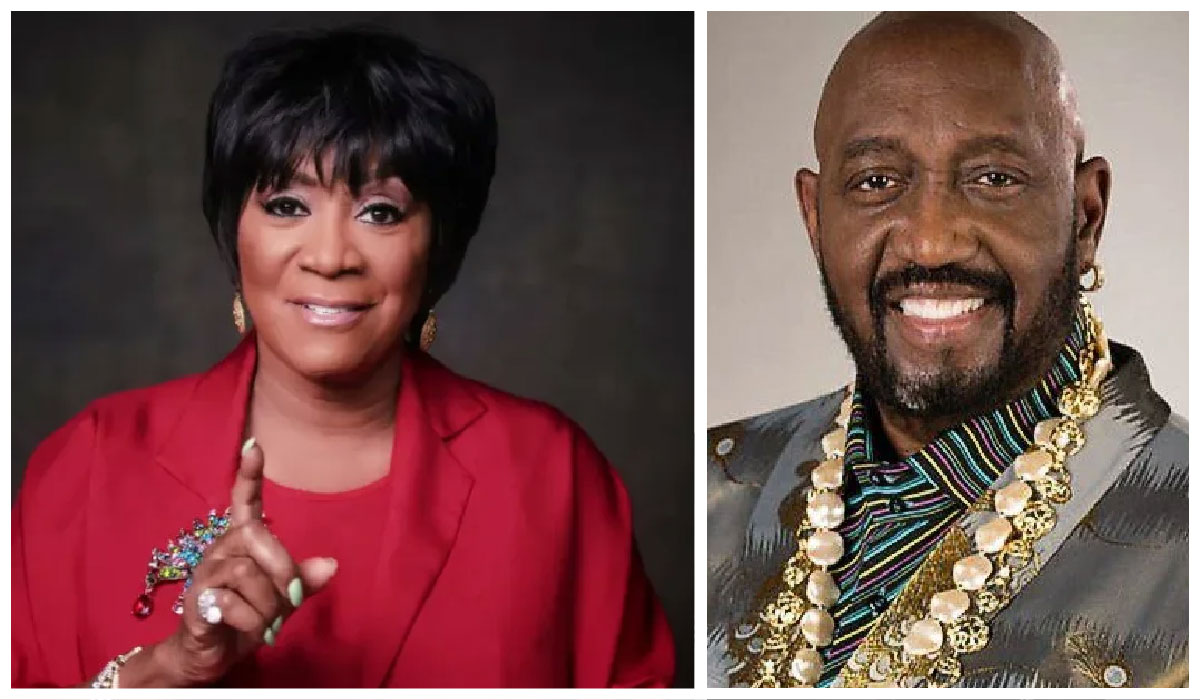



Leave a Reply